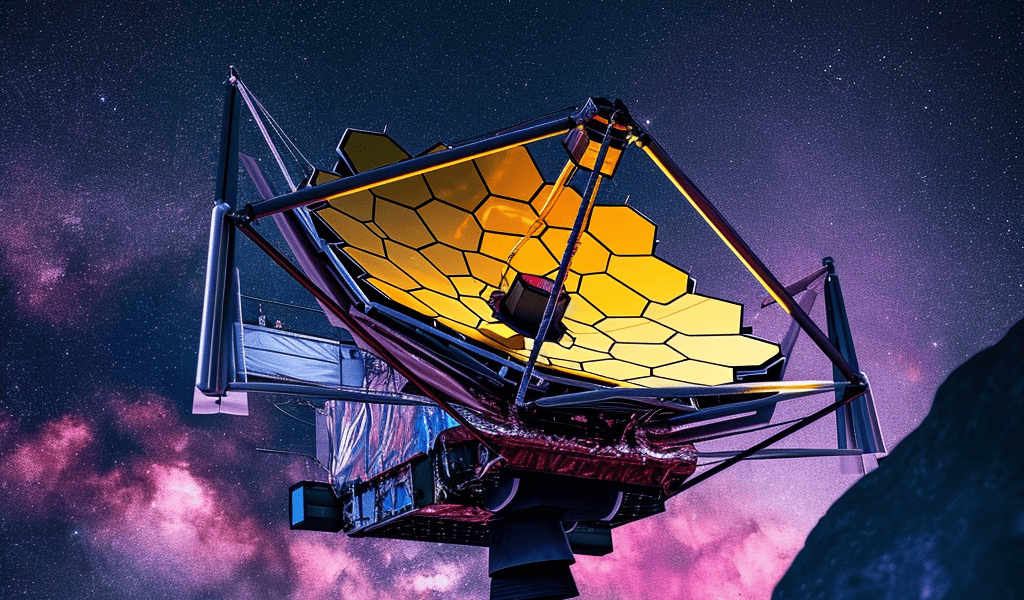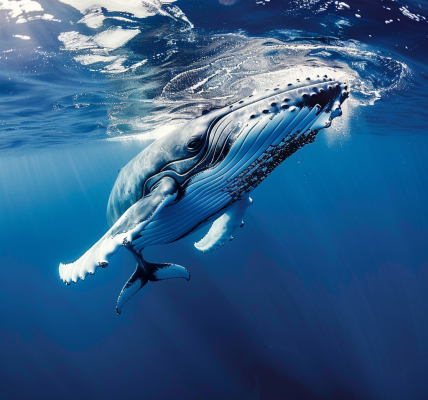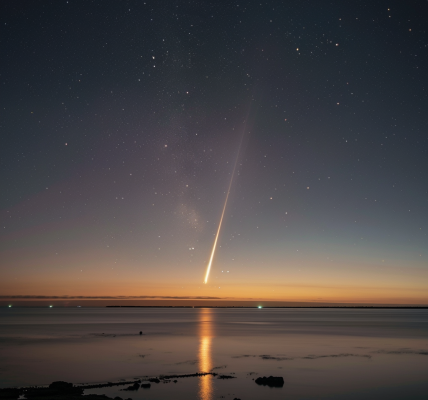Rumors Circulate About Discovery of Signs of Life on Another World by James Webb Space Telescope
Rumors have been circulating that the James Webb Space Telescope has discovered signs of life on another world, sparking excitement and speculation within the scientific community. While no definitive evidence has been confirmed by NASA officials, the potential for a groundbreaking discovery looms on the horizon.
The persistent rumor gained momentum following the telescope’s detection of a potential biosignature on the exoplanet K2-18 b, known as a suspected ocean world located approximately 120 light years away. The excitement over this discovery was recently reignited by a publication from The Spectator, featuring insights from renowned figures in the astronomy community, including a quote from British astronaut Tim Peake suggesting that the James Webb telescope may have detected alien life.
The molecule dimethyl sulfide, detected on K2-18 b, is a significant clue as it is produced on Earth only by living organisms. This, combined with the exoplanet’s location within its star’s habitable zone, has sparked optimism about the potential for life beyond our planet.
While NASA has not confirmed these findings, the James Webb Space Telescope’s remarkable capabilities in the field of exobiology have fueled anticipation for the possibility of identifying biosignatures that could indicate habitability on exoplanets. However, conclusive evidence and further research will be required to establish the presence of life on K2-18 b or any other exoplanet.





